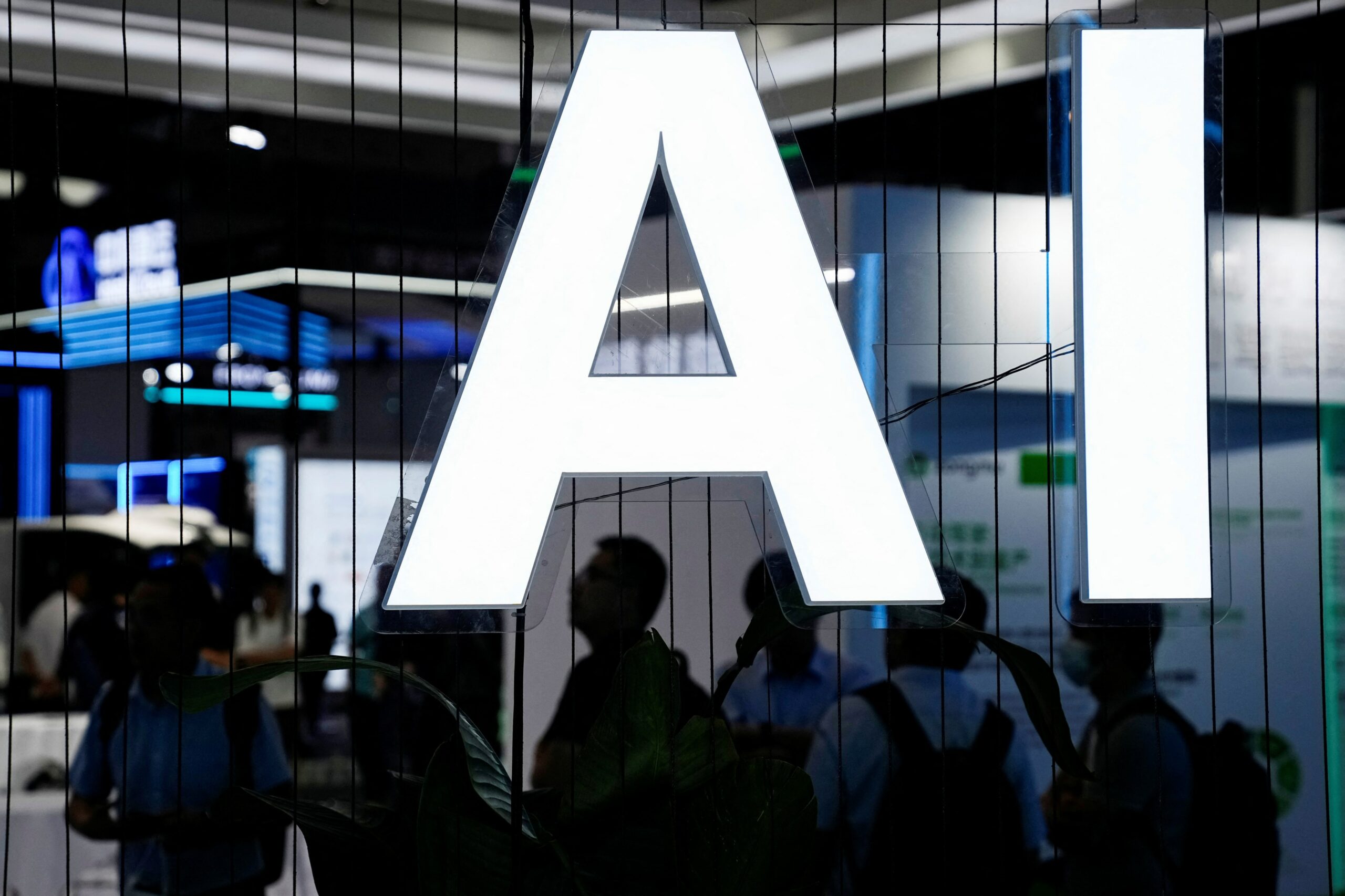Getty Images Takes Stability AI to Court Over Copyright Infringement
LONDON, June 9 (Reuters) – Getty Images has filed a landmark copyright lawsuit against Stability AI, alleging that the artificial intelligence company used its images to “train” its Stable Diffusion system without permission. The case began at London’s High Court on Monday.
Getty Images, which produces editorial content and creative stock images and video, claims that Stability AI unlawfully scraped millions of images from its websites and used them to develop Stable Diffusion, a system that can generate images from text inputs. Stability AI has denied infringing any of Getty’s rights, arguing that the case poses a threat to the generative AI industry.

“Artists using our tools are producing works built upon collective human knowledge, which is at the core of fair use and freedom of expression,” a Stability AI spokesperson said before the trial began. However, Getty’s lawyers argued that this was not a battle between creatives and technology, but rather about upholding intellectual property rights.
“The two industries can exist in synergistic harmony because copyright works and database rights are critical to the advancement and success of AI,” Getty’s lawyer Lindsay Lane told the court. “The problem is when AI companies such as Stability want to use those works without payment.”
The case is one of several lawsuits brought in Britain, the U.S., and elsewhere over the use of copyright-protected material to train AI models. Lawyers say that Getty’s case will have a major impact on the law and potentially inform government policy on copyright protections relating to AI.
“Legally, we’re in uncharted territory. This case will be pivotal in setting the boundaries of the monopoly granted by UK copyright in the age of AI,” said Rebecca Newman, a lawyer at Addleshaw Goddard.
The outcome of the case could have significant implications for the AI industry and the creative industries that are grappling with the legal and ethical implications of AI models that can produce their own work after being trained on existing material.


